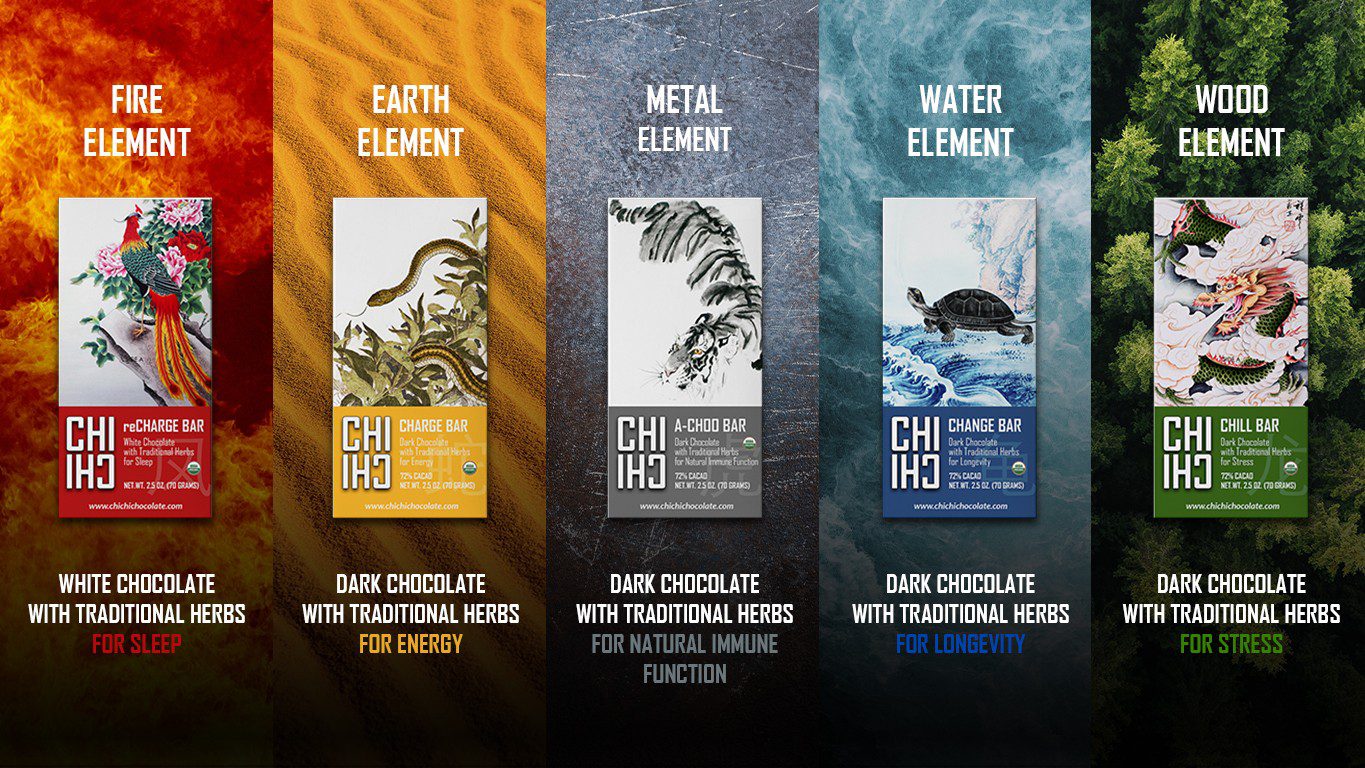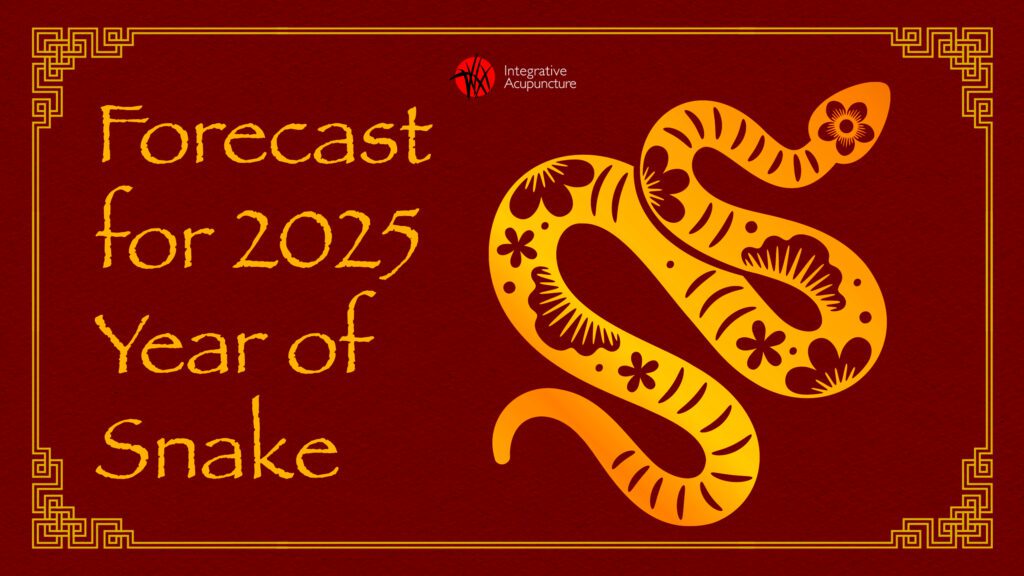As the days grow shorter and temperatures drop, it’s natural to crave warmth and comfort. In Traditional Chinese Medicine (TCM), this seasonal shift calls for supporting the body’s Yang energy—the warming, active force that keeps circulation flowing and digestion strong. One of the most time-honored ways to nourish this warmth is through moxibustion, or moxa for short.
At Integrative Acupuncture, we often introduce moxa as a therapeutic tool to help patients stay balanced through the colder months. Whether you’ve never heard of it or have seen it used during your acupuncture sessions, this ancient practice offers powerful benefits for immunity, energy, and overall wellness.
What Is Moxibustion?
Moxibustion involves burning a dried herb called mugwort (Artemisia vulgaris) near specific acupuncture points to gently warm and stimulate the body. The heat penetrates deeply, promoting circulation and nourishing areas that may feel cold, stiff, or sluggish.
There are a few common ways moxa can be applied:
- Direct moxa: A small cone of mugwort is placed on the skin and removed just before it gets too warm.
- Indirect moxa: The herb is burned on top of an acupuncture needle or held above the skin using a moxa stick.
- Smokeless moxa: A modern version that produces gentle heat without the traditional herbal smoke. This is the form that we use in our office as it creates significantly less smoke.
Moxibustion can be used on its own or in combination with acupuncture to enhance the effects of treatment.
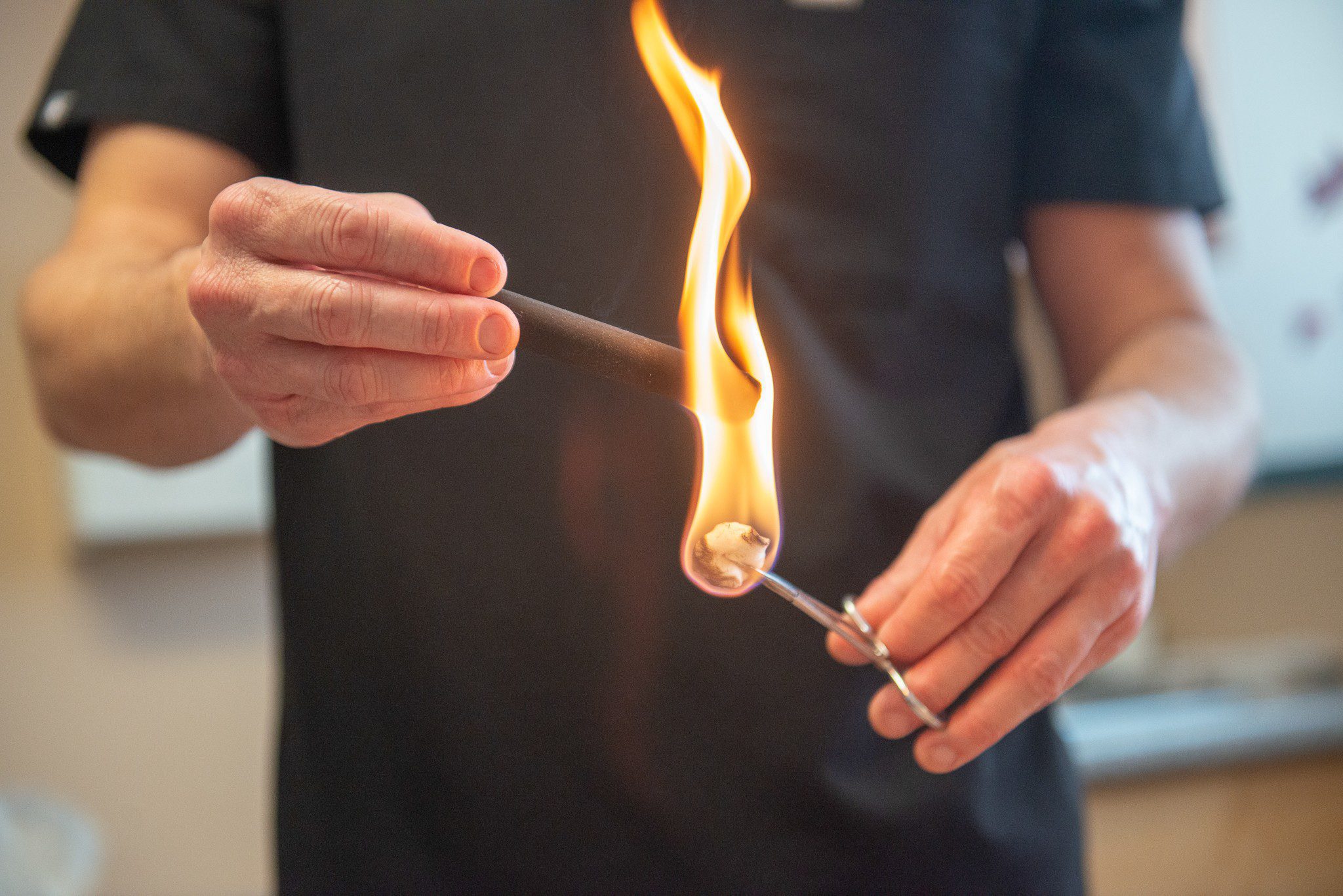
The TCM Perspective: Warming the Yang
In TCM, health is a balance of Yin (cool, nourishing energy) and Yang (warm, active energy). When cold weather arrives, Yang energy can become depleted—leading to symptoms such as fatigue, cold hands and feet, poor digestion, or muscle stiffness.Moxa helps restore this balance by strengthening Yang and dispelling Cold from the body.
Here’s how moxa supports health in the colder months:
- Warms the meridians: Encourages smooth flow of Qi (energy) and blood.
- Boosts immunity: Supports Wei Qi, the body’s defensive energy that protects against seasonal illness.
- Eases pain and stiffness: Especially helpful for conditions that worsen in cold or damp weather, such as arthritis or menstrual cramps.
- Supports digestion: Gently warms the abdomen, aiding in assimilation and metabolism.
For a deeper dive into TCM concepts like Yin, Yang see our post “A balanced Life: Yin and Yang.”
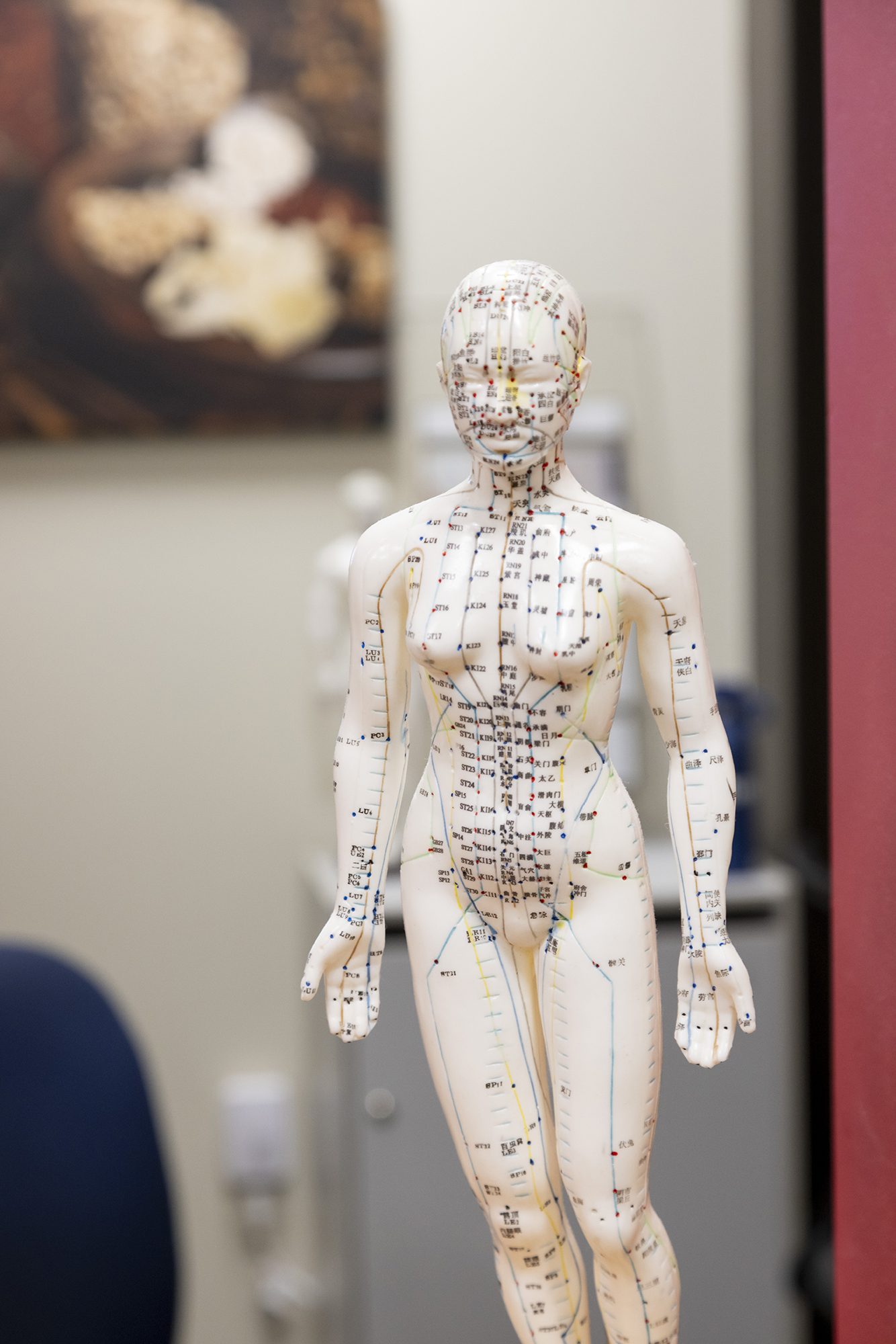
What Does Modern Research Say?
While moxibustion has been practiced for thousands of years, modern studies are beginning to explore its physiological effects.
- A systematic review in PLOS One (2017) concluded that moxa may help relieve pain in osteoarthritis of the knee, though more high-quality studies are still needed.
- A 2019 RCT studied the effects of moxa on rheumatoid arthritis. The study found that moxa significantly improved clinical symptoms and had analgesic and anti-inflammatory effects.
- A_2023 RCT found that moxa improved inflammatory markers in COVID 19 recovery.

The National Center for Complementary and Integrative Health (NCCIH) notes that research on moxa is ongoing, with studies suggesting potential benefits for pain management and digestive issues.
Overall, research supports what TCM practitioners have long observed: moxibustion helps the body restore warmth and balance, particularly during cold or damp seasons.
Moxa at Home: A Simple Way to Stay Warm
While moxa should always be introduced by a trained practitioner, there are safe ways to use it at home once you’ve learned proper technique. We sometimes teach patients to apply moxa sticks to specific points, such as the lower abdomen or lower back, to maintain warmth and energy between treatments.
A few tips:
-
Always use caution: Never fall asleep during use, and avoid applying moxa to broken skin or inflamed areas.
-
Choose smokeless options: These produce less odor and can be used indoors with good ventilation.
Follow your acupuncturist’s guidance: We can show you where and how to use moxa safely for your specific needs.
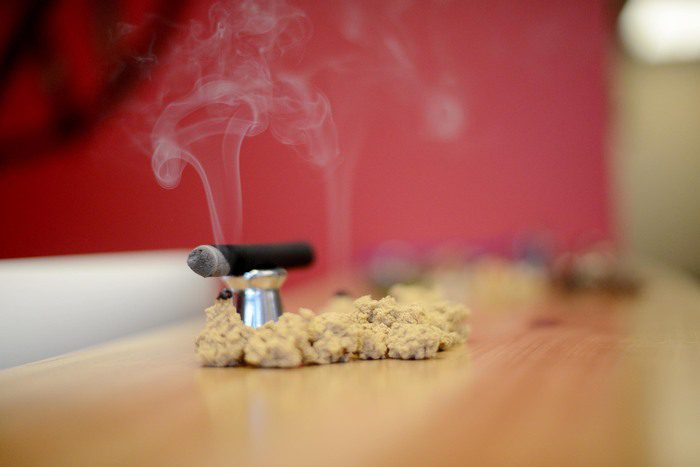
Who Can Benefit from Moxibustion?
Moxa is often recommended for people who tend to feel cold, tired, or achy—especially as the seasons change. It may be particularly helpful for:
-
Chronic fatigue or low immunity
-
Menstrual discomfort
-
Digestive sluggishness or bloating
-
Joint pain or stiffness aggravated by cold
-
Postpartum recovery

The Warmth of Connection and Care
Beyond its physical effects, moxibustion also embodies something deeply comforting—the idea of warmth as medicine.Taking time to nurture the body’s inner fire during winter helps us feel grounded, energized, and resilient.
At Integrative Acupuncture, we use moxa throughout the colder months to support our patients’ wellness goals, from easing chronic pain to preventing seasonal illness. Each session is tailored to your body’s unique needs—bringing warmth, balance, and a sense of calm to carry you through the season.
If you’re curious about how moxa can help you stay well this winter, schedule a visit with us or ask about adding moxibustion to your next acupuncture treatment. Your body—and your circulation—will thank you.


